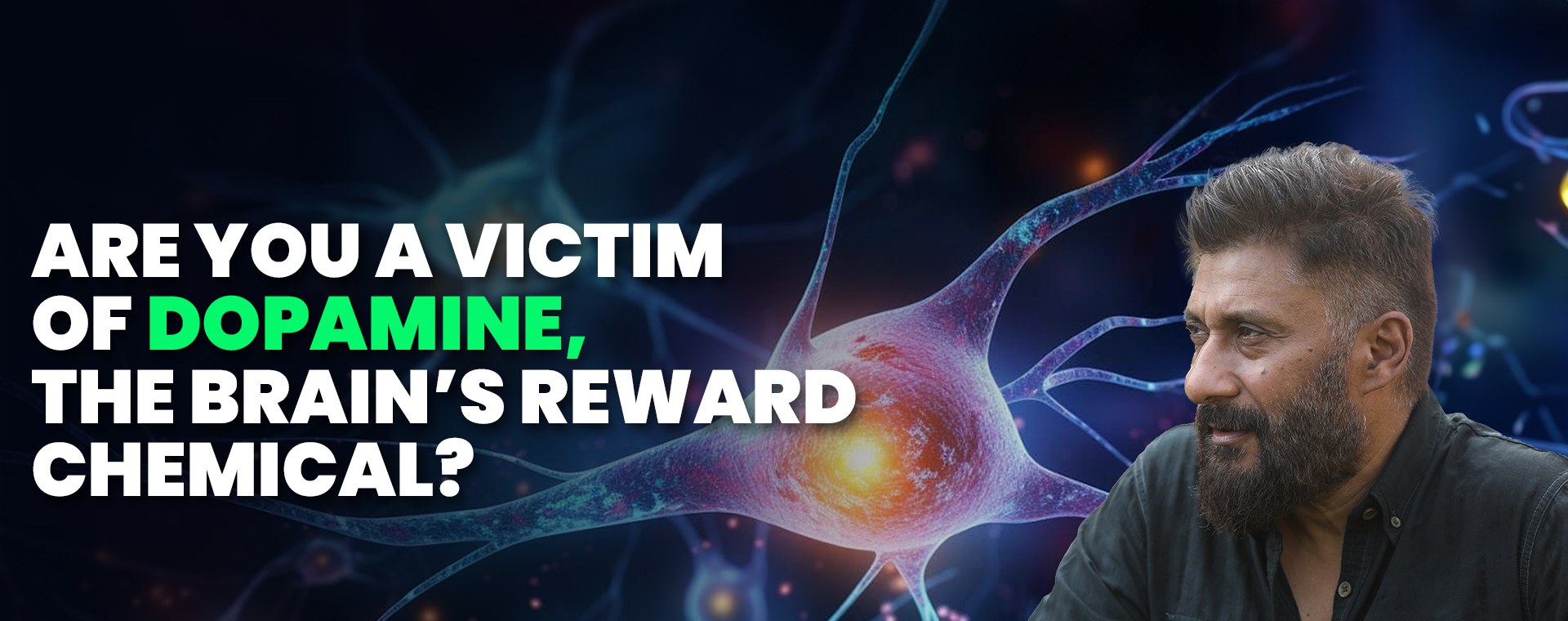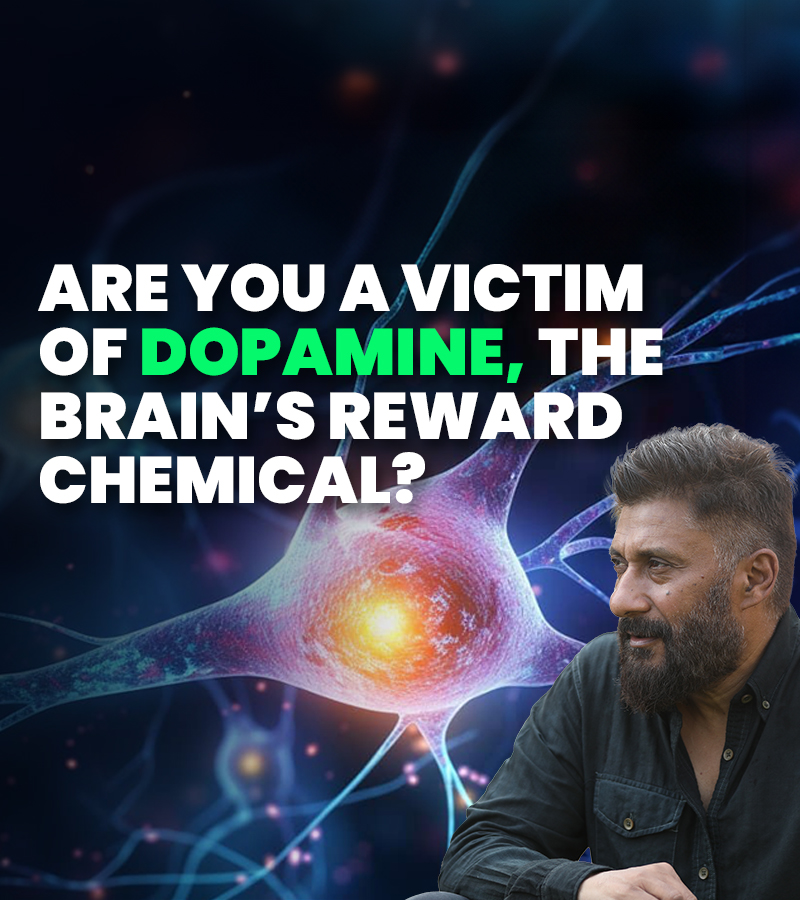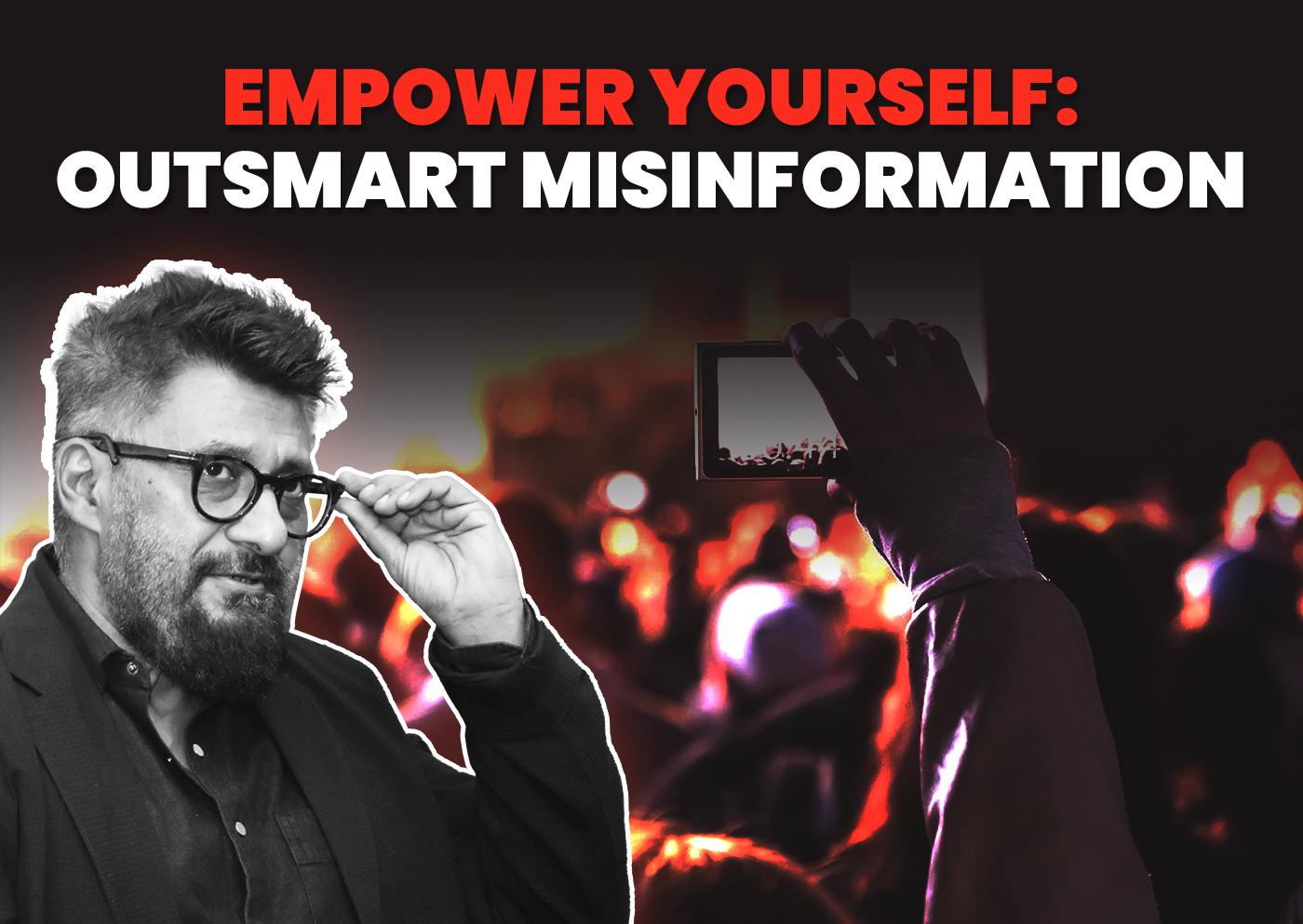

Dopamine Labs: How Silicon Valley Keeps You Hooked
Understand Silicon Valley’s hidden tactics for keeping you glued to your screens and learn how to protect your most valuable asset—your attention.
In an era dominated by digital interactions, Silicon Valley’s billion-dollar enterprises are not merely developing apps but meticulously crafting tools designed to capture and hold your attention. This pursuit often likened to an arms race for “mindshare,” revolves around understanding and manipulating the brain’s reward system—dopamine. But what are the implications of this relentless pursuit of our wellbeing and autonomy?
Understanding Dopamine: The Brain’s Reward Chemical:
Dopamine is a neurotransmitter, often called the “feel-good” chemical, which plays a crucial role in how we experience pleasure and reward. When you enjoy a delicious meal, achieve a goal, or receive a social media notification, your brain releases dopamine. This release reinforces the preceding behavior, making you likely to repeat the action. Tech companies exploit this natural mechanism by designing experiences that frequently trigger dopamine releases, keeping users engaged and hooked.
The Mechanics of Digital Addiction:
Just as an individual builds tolerance to substances like alcohol, requiring more to achieve the same effect, continuous exposure to dopamine-inducing digital content leads to what we call ‘tolerance’ in our digital consumption habits. The endless scroll on social media platforms is no accident; it is a deliberate design choice optimized through extensive research and testing to maximize your time engaged with the content. The more you scroll, the more ads you see, and the more revenue the platform generates.
Silicon Valley’s Investment in Attention:
Tech companies invest heavily in what could be termed ‘Dopamine Labs’—research teams dedicated to understanding how to increase user engagement. These labs, often hidden from public view, utilize sophisticated algorithms and behavioral psychology to create irresistibly engaging features. For instance, every notification, video autoplay, or ‘like’ button is designed to become a micro-event of pleasure, prompting continual interaction with the device. This is why you find yourself scrolling endlessly on social media or binge-watching videos on streaming platforms.
The Cost of Convenience:
While these technologies provide unprecedented convenience and connectivity, they come at a cost. The primary currency is not your subscription fee but your attention and, more significantly, your time. This constant engagement often leads to reduced productivity, strained relationships, and a pervasive impact on mental health. The irony is profound: devices that enhance communication usually hinder genuine human connection.
Regaining Control: How to Protect Your Mindshare:
It’s essential to recognize that your attention is a valuable commodity and to treat it as such. Here are a few strategies that have proven effective in helping safeguard your mindshare. By implementing these strategies, you can regain control over your digital life and protect your mental wellbeing.
1. Notifications: Turn off non-essential notifications. Choose when and what updates you receive to minimize distractions.
2. Scheduled Digital Breaks: Incorporate regular intervals when you consciously disconnect from all digital devices to give your mind a rest.
3. Mindful Consumption: A term used to describe the practice of being intentional and aware of the content you consume, is a key strategy for safeguarding your mental wellbeing. Be selective about the content you consume. Ask yourself whether it adds value or merely fills time.
4. Use Tools for Good: Leverage technology that promotes productivity and well—being. For instance, you can use apps that encourage positive habits like exercise or meditation, or apps that help you track and manage your screen time. These tools can be a great way to balance your digital life and protect your mental wellbeing.
Rounding Up:
As we navigate this digital age, it’s crucial to understand the forces at play designed to capture our most precious resource—our attention. By becoming aware of these mechanisms, you can take back control of your digital life and prioritize your well-being. In a world where everyone wants a piece of your mind, remember that you are the gatekeeper. This is what we refer to as ‘mindshare ‘-the amount of mental space a person’s brand occupies in their mind.
Take a moment to reflect on your digital habits. Are they serving you, or are you serving them? Now, armed with the knowledge of how tech companies manipulate your attention, it’s time to take action. Visit our website for more insights into maintaining your digital well-being and regaining control over your online life. Start implementing the strategies we’ve discussed and see the positive impact it can have on your mental wellbeing.
FAQs
1. What is dopamine, and why is it important?
Dopamine is a neurotransmitter in the brain that drives our behavior and motivation. It affects how we feel pleasure and thus is heavily linked to how tech companies design their products to make them more engaging and addictive.
2. How do social media platforms manipulate dopamine levels?
Social media platforms manipulate dopamine levels by designing instant gratification features, such as likes, shares, and notifications. These features trigger dopamine release, encouraging continuous interaction with the platform to maintain pleasurable feelings.
3. What are the signs of digital addiction?
Signs of digital addiction include compulsive use of digital devices, a preoccupation with social media or gaming, withdrawal symptoms when unable to access the internet or devices, a decline in physical activity and social interactions, and interference with daily responsibilities and relationships.
4. How can I reduce my dependency on digital devices?
To reduce dependency on digital devices, try setting specific times for checking emails or social media, turning off non-essential notifications, and substituting long screen time with healthier activities like reading, exercising, or engaging in hobbies that do not involve screens.
5. Are there any tools or apps that can help manage screen time effectively?
Yes, several tools and apps are designed to help manage screen time. Features like Apple’s Screen Time or Android’s Digital Wellbeing dashboard allow users to monitor their usage patterns and set restrictions on app use. Apps like Forest promote focus and presence by rewarding users for not using their phones.






